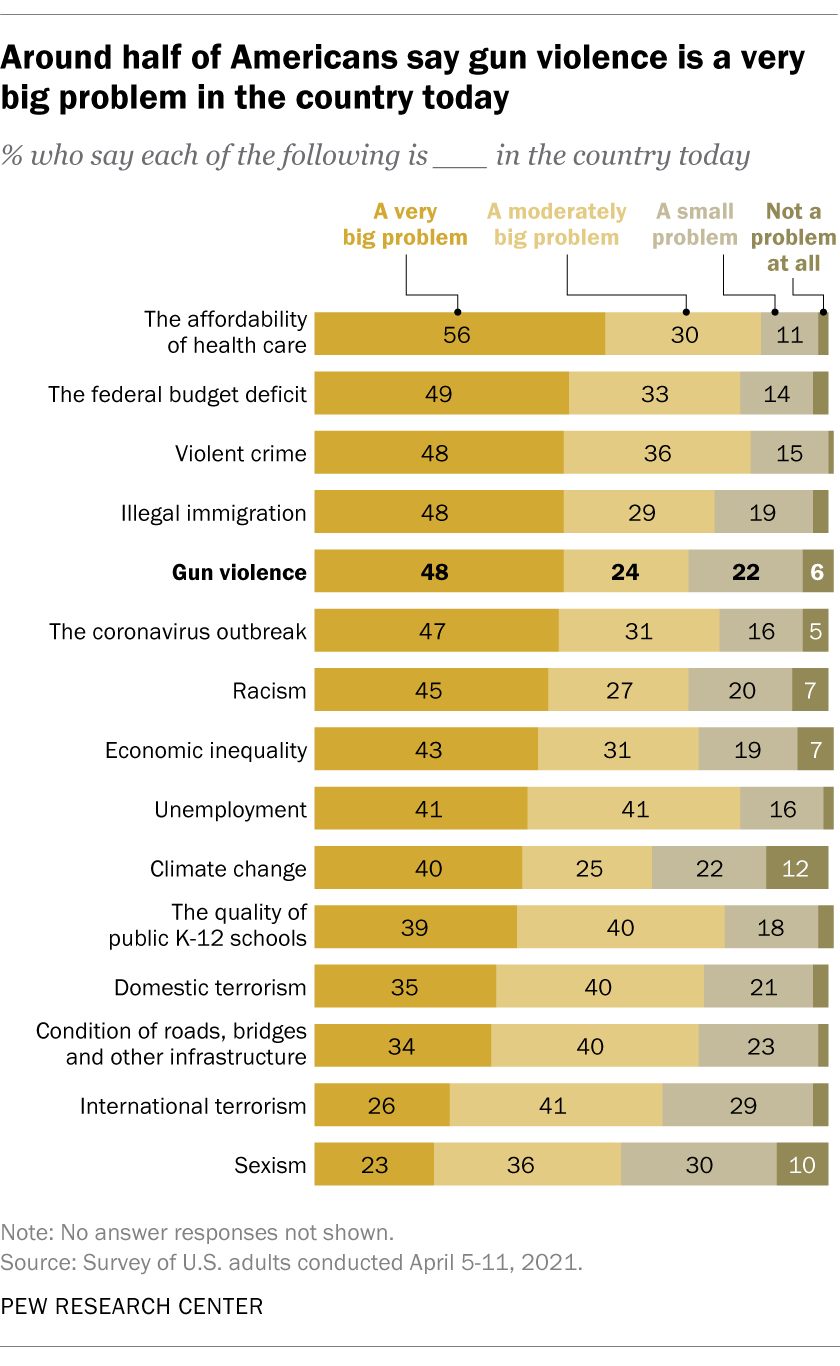

Now, as the state grieves the deaths of a Boulder police officer and nine other victims of an attack at a grocery store, some state lawmakers are placing more urgency on consideration of a waiting period for gun purchases, as well as a ban on certain assault-style weapons. After Columbine, the state voted to regulate sales at gun shows, and after the Aurora theater shooting, Colorado banned high-capacity magazines.

Mass shootings have led Colorado lawmakers down multiple paths in an attempt to prevent them. The source of the weapons remains unknown, leaving gaps in the data.

In some of Colorado’s older cases - such as the 2001, racially motivated killing of three people in a Rifle mobile home park - the answers are packed away in storage. The Colorado cases jibe with a Federal Bureau of Investigation analysis released in 2018, which showed that in 40% of active-shooter incidents the FBI reviewed, the gunman purchased the firearm legally and “specifically for the purpose of perpetrating the attack.” About 35% of the time, the shooter had the firearms for years and had not acquired them in preparation for that attack, and in 17% of cases, the guns were borrowed or stolen. In others, they were stolen - such as in May 2019, when two students at STEM School Highlands Ranch used an ax and a crowbar to break into a gun safe in one of their homes, just hours before authorities say one of them shot and killed a classmate. Two main themes emerged in Colorado’s cases: In some, the guns used in the killings were purchased legally in preparation for the crimes. The Colorado Sun reviewed the state’s long history of mass shootings, school shootings and other high-profile acts of gun violence to piece together a comprehensive look at how and where the perpetrators got their weapons.


 0 kommentar(er)
0 kommentar(er)
